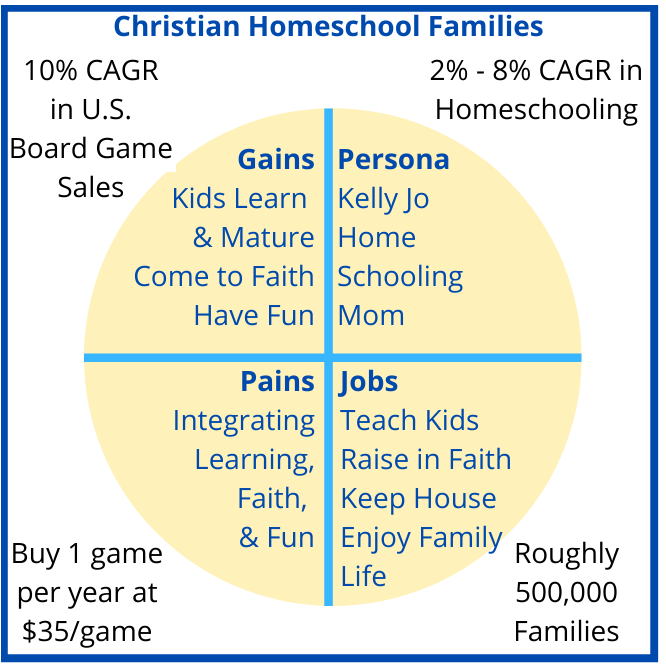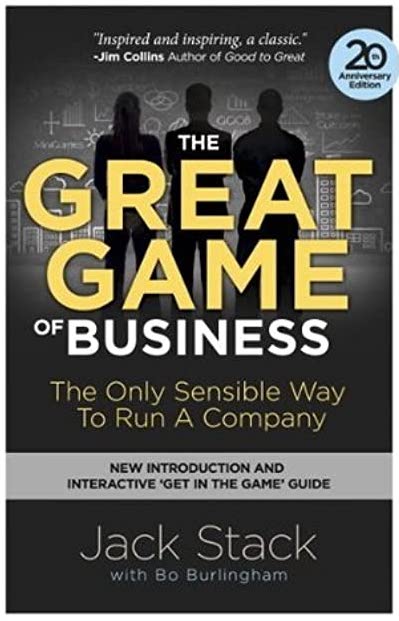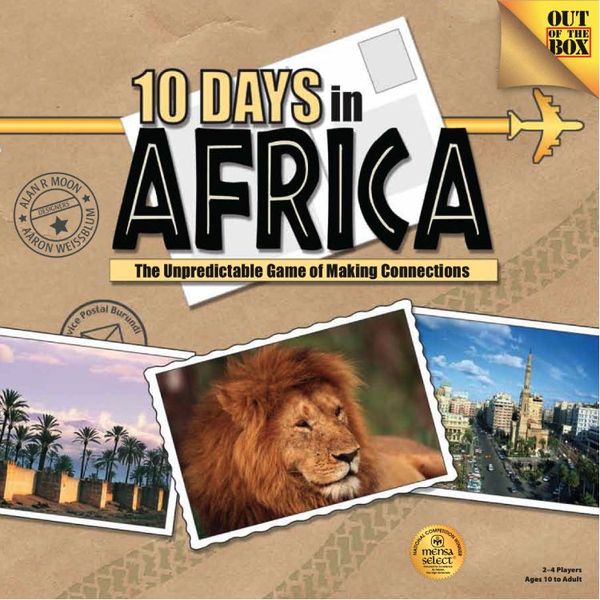Escaping the Comfort Trap
I started my career as a software engineer — you know the type that cranks out code in a quiet place away from people. I moved onto strategy roles — isolated in the ivory tower far from the company’s front lines. So perhaps it’s not surprising that early in my entrepreneurial journey my solo startups suffered from a lack of customer engagement.
Building things is my comfort zone and interacting with strangers was well outside that comfort zone. I could always find more to build, so I “never had time” to actually talk to people. That was a problem. In fact, it could be a fatal problem for a startup, if left unaddressed.
Each of us has our comfort zone. Maybe I haven’t described yours, but you know what it is. That’s where you spend all your time and you “never have time” to do the other things critical for the success of your startup. And it just might be fatal for your business.
So, how can we escape this comfort trap? How did I do it?
Once you recognize that you’re in this comfort trap, I’ve found two approaches that have worked for me. The first is to make adjustments in how you operate to force yourself out of your comfort zone. The second is to complement your strengths and preferences with a partner that can fill in your gaps.
Escaping the Comfort Trap Read More »






